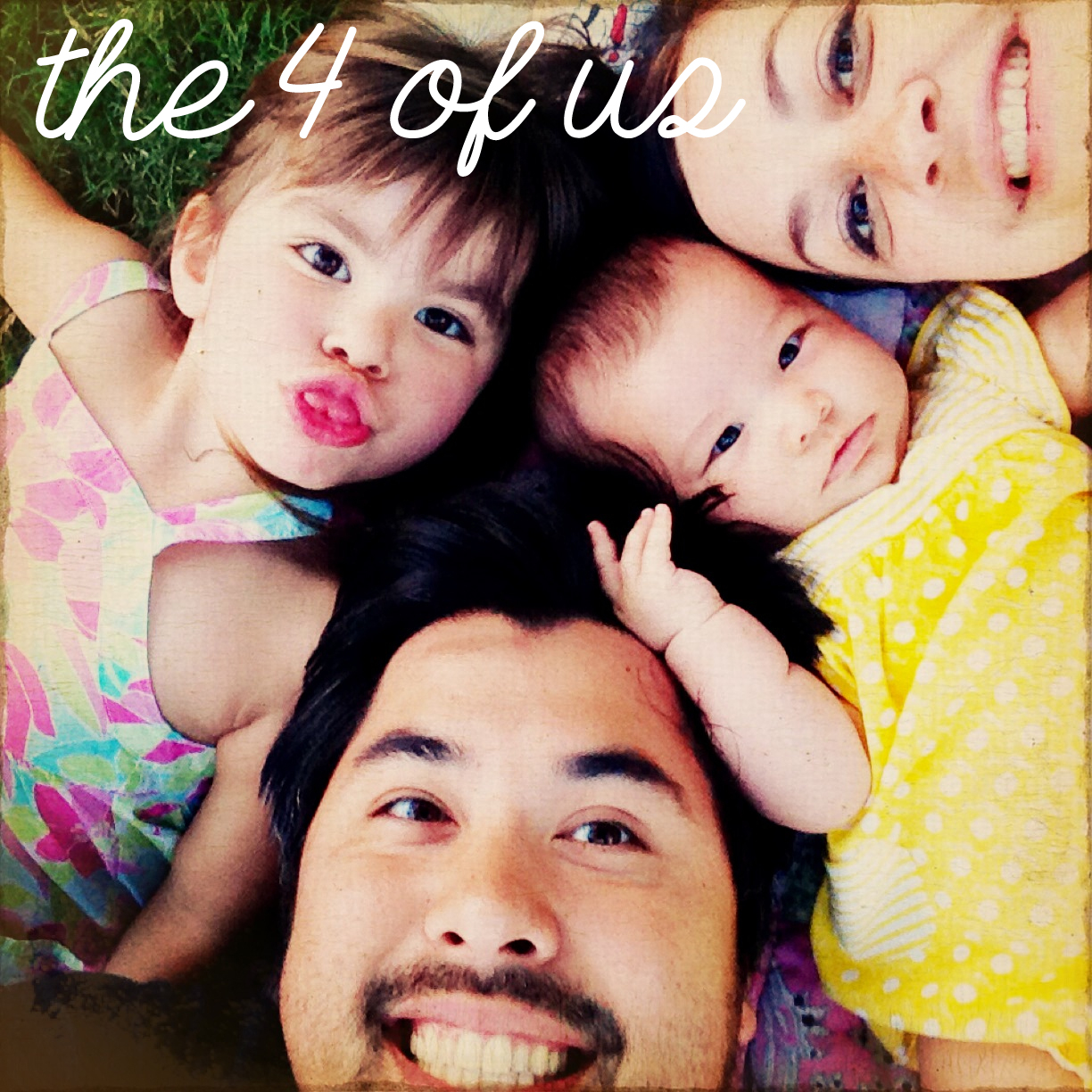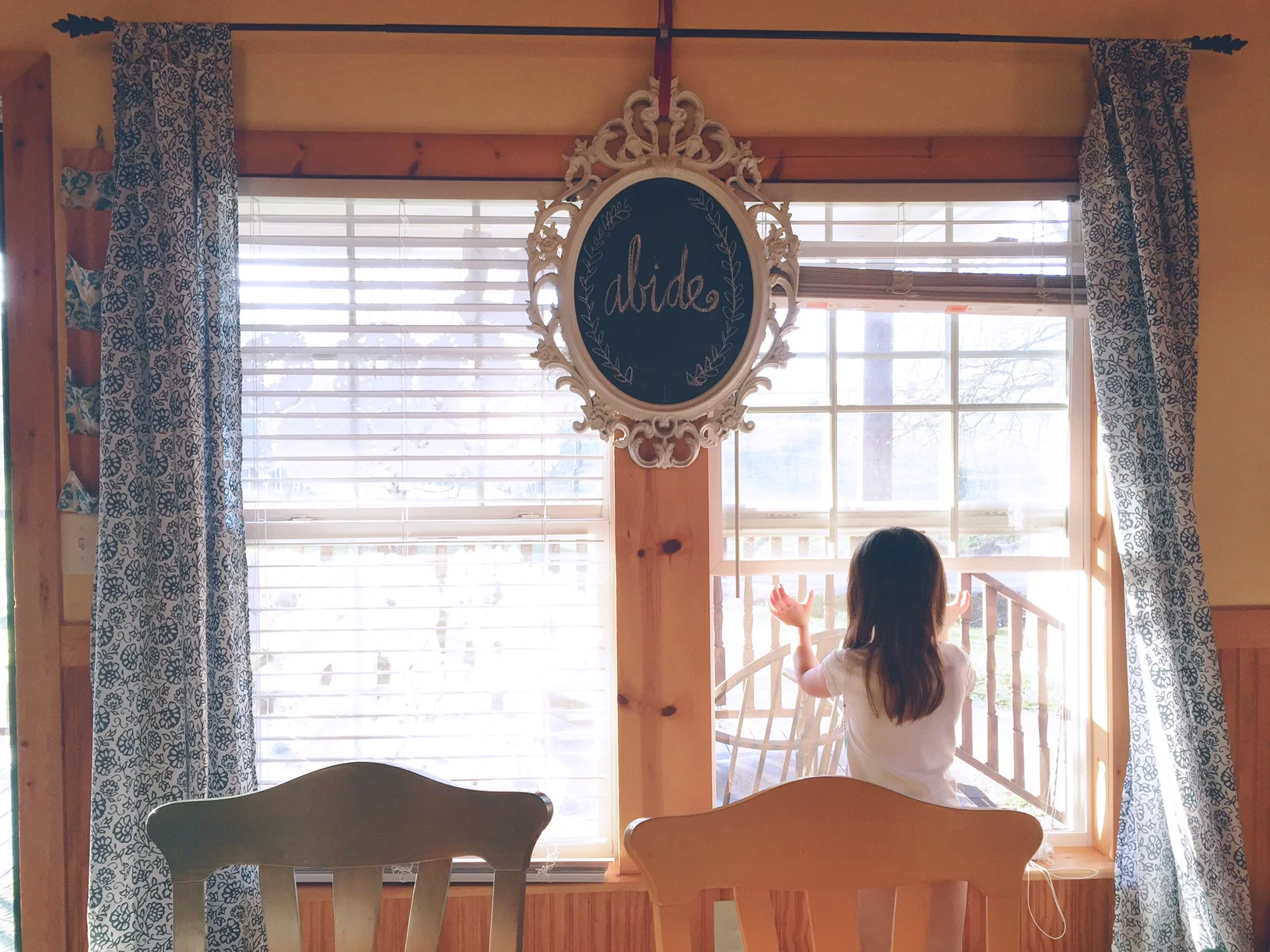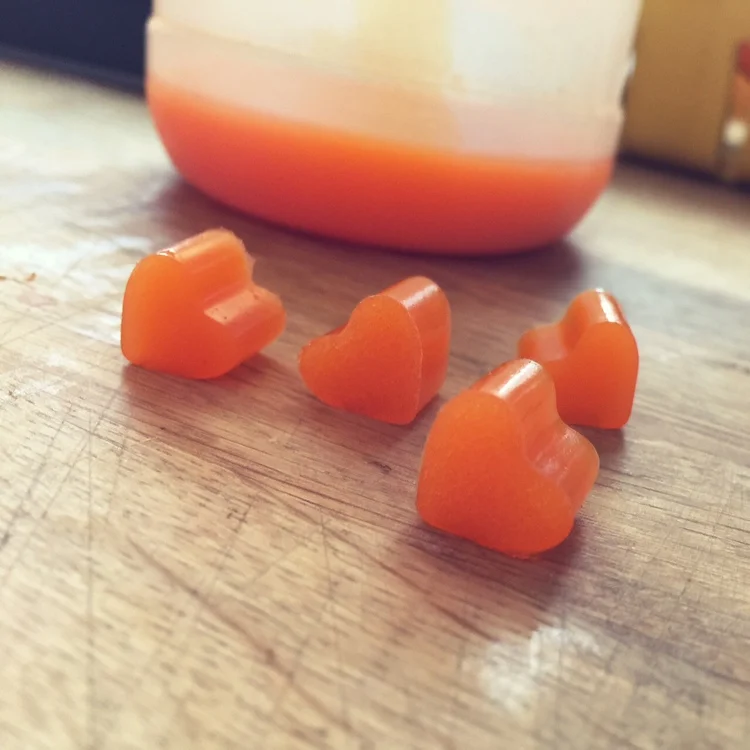Eastering.
/
I finally finished the book this week after starting it a long time ago, because I had to savor it in little bits here and there. One can only take so much soul-changing at a time, you know. But even though I read it so sporadically, each time I picked it up, the wisdom on the next several pages was exactly what I needed for that moment. Sue Monk Kidd parallels our lives with that of a caterpillar entering a cocoon and eventually emerging into a butterfly. At the beginning, she finds a cocoon hanging from a tree during a leisurely walk and can identify so much with this little sleeping creature that she brings it into her house and hangs it on an African violet on her desk. As she babysits the cocoon, something begins to transform in her life too, and she waits in expectation for the day she can emerge from her dark place. She desperately needs that caterpillar to become a butterfly.
I read the last part of the book this week as Easter approached - yet again - in the perfect time. The author says that Jesus' transformation was like "the waiting room of new life. The darkness of death was transformed into a life-giving dark."
A life-giving dark. Do those words remind you of anything? Maybe a womb?
Sometimes it feels like nothing is happening at first. When I originally wrote this post last August, I felt desperate and desolate. I did not want to enter my thirties that way. I picked up this book hoping and praying it would help me change. Today, on Easter, I know I am different. Not yet sure exactly how, but I know I am.
One of the greatest things I've realized through my journey is that to truly grow, we must abandon ourselves to let Christ come in. Self-abandonment is so contrary to what we are taught in this modern world. Abandon self, are you kidding? Today, it's all about us, how to make ourselves look better, feel more important, live longer and more richly. Self-abandonment almost seems like a condition for which you'd need to see a psychiatrist.
But it's not letting yourself go, it's letting go.
I learned something beautiful in this book when it quoted Thomas Merton, who wrote in Seeds of Contemplation that there are two levels in the process of fully surrendering to God: First there is the active work. This is where we go after the conscious, surface things we want and need to change. "At this level we approach letting go the active way, through self-initiatives, will, and work. We begin and begin again." One of these for me is body image, a trial I am s-i-c-k of dealing with, yet it still plagues me on many days. I hate it and know it is so silly in the grande scheme of my life but still have not figured out how to make it stop being an issue. I guess I'm going through this because it is teaching me something much deeper than appearance.
And that's the second level of abandoning oneself that Merton talks about – where we deal with our "secret attachments." Here is where we "let go our letting go." Did you catch that? We stop striving to fix ourselves. God releases us through experiences, encounters, and events that come to us. Oh, here's the hard part and the place most of us never reach - because we're too fearful of being in a place where it is dark and the light - if it's even there - is too far ahead. We actually keep ourselves from finding freedom because we don't let ourselves go far enough in the journey with God.
~ unknown
So I guess that brings us to today, to Easter, and to the new word I learned in this book: eastering. Poet Gerard Manley Hopkins said, "Let him easter in us, be a dayspring to the dimness of us, be a crimson-cresseted east." They are gorgeous words. They evoke a beautiful image of dawn, light, new life. Sue Monk Kidd says that " to 'let him easter in us' is to let the Christ-life incubate within the darkness of our waiting." At the end of this time is emergence.
So the darkness does not have to be scary. It should not be, if it is a womb instead of a tomb. We will enter the cocoon and emerge again many, many times in this life.
May Christ be born in us today as we remember the beauty of letting go and (if we would allow it) coming alive again.

























